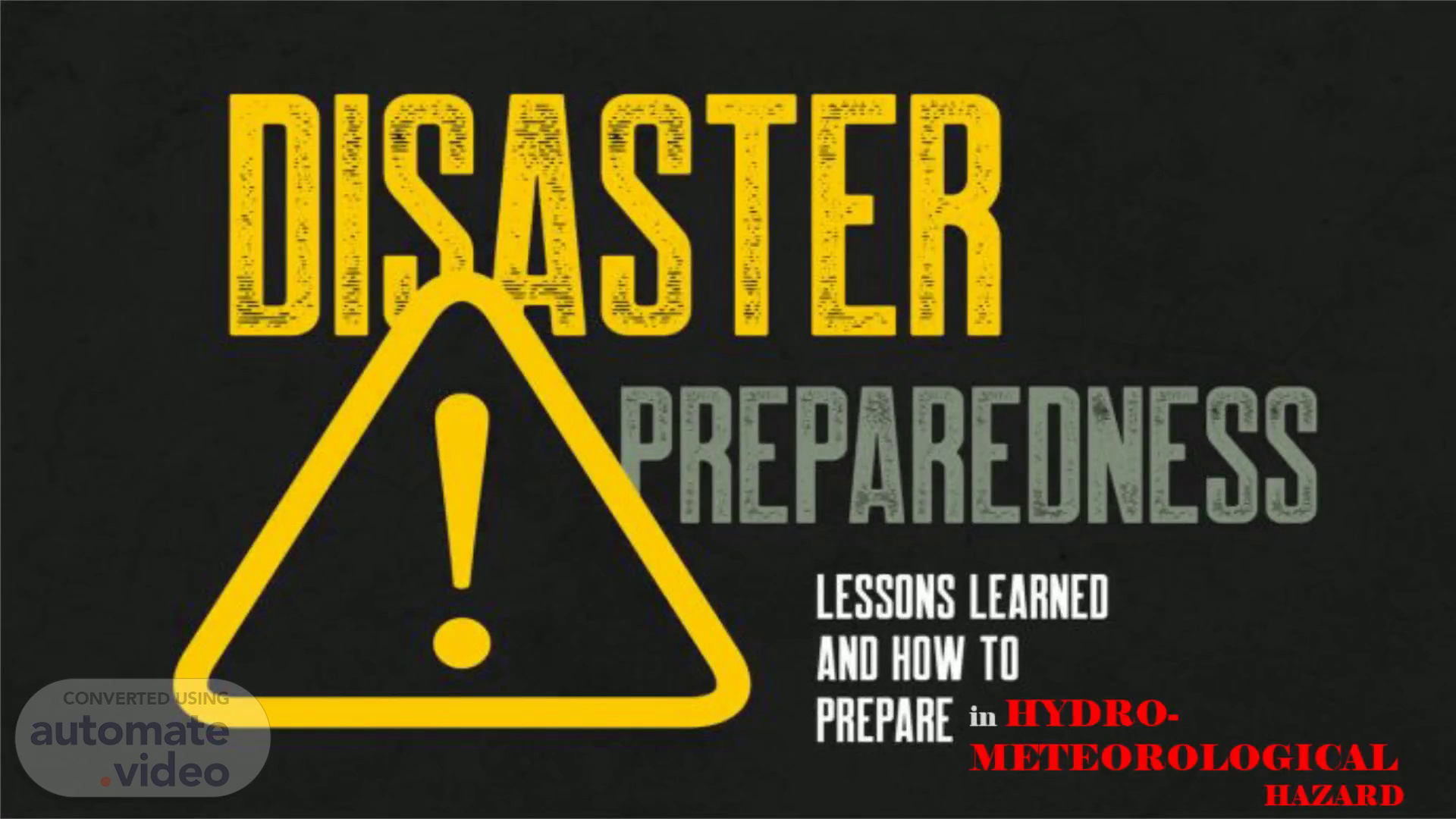
PowerPoint Presentation
Scene 1 (0s)
in HYDRO-METEOROLOGICAL HAZARD.
Scene 2 (6s)
HYDQOMETEOQOLOGICAL HAZAQDS TNPHOON FLOOD EL NINO THUNDEQST FLASHFtOOD LA NINA COASTALASTOQM SÜQGES.
Scene 3 (14s)
W HAT'S YO LAN ?.
Scene 4 (20s)
Before the typhoon.
Scene 5 (30s)
Check the weather forcast. Monitor the news about weather disturbance. As a typhoon nears, watch out for the latest severe weather bulletin issued by PAGASA every six hours..
Scene 6 (43s)
Secure your home. Check the ability of your house to withstand strong winds; strengthen it if necessary ..
Scene 7 (54s)
Prepare the emergency kit/grab bag. portable charger and cords flashlight Extra batteries Hand-cranked or battery-operated portable radio.
Scene 8 (1m 10s)
Store foods and procure your funds and documents.
Scene 9 (1m 24s)
During the typhoon.
Scene 10 (1m 34s)
Listen!. Keep your radio and listen to the latest news about typhoon. Everybody is advised to stay calm and safe..
Scene 11 (1m 44s)
Evacuate!. FOJTES 02021 creat_rve safety supply. During the public storm warning signal no.3 in low-lying areas you need to evacuate for own safety. Follow the instruction of the authorities to prevent casualties..
Scene 12 (1m 58s)
OTHER THINGS YOU SHOULD CONSIDER DURING THE TYPHOON:.
Scene 13 (2m 15s)
After the typhoon.
Scene 14 (2m 24s)
keep calm! Stay Safe! and be aware!. TYPHOONS Avoid floodwaters Wash your hands frequently Wear enclosed footwear Drink bottled water, use purification tablets or boil for 1 minute World Health Organization Western Pacific Region : DOTAFT Watch out around broken electrical wires, trees and structures Keep dry and warm Beware! If the power is out, your food may have spoiled Follow your government's advice.
Scene 15 (2m 38s)
“ I t is better to be safe than sorry. Take a more proactive approach in securing your loved once and properties. In that way, you can reduced the extent of any damage caused by a disaster. ”.